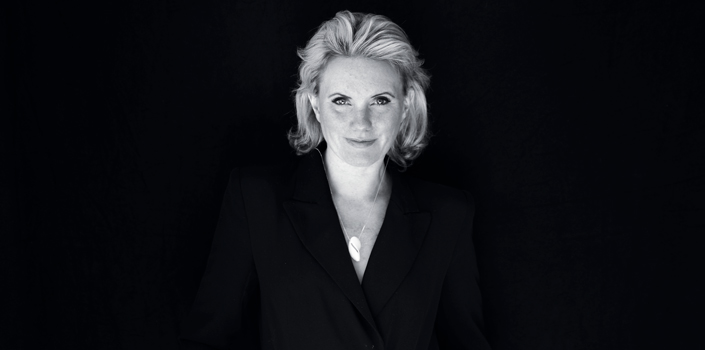WAN Awards judge Sofia Hagen shares her favourite projects using innovative materials
From a furniture range made from 3D printed concrete to facades made from recycled sugar, the designer is working at the cutting edge of biomaterial research. She will be looking out for imaginative use of sustainable materials among the WAN Awards entries this year.
